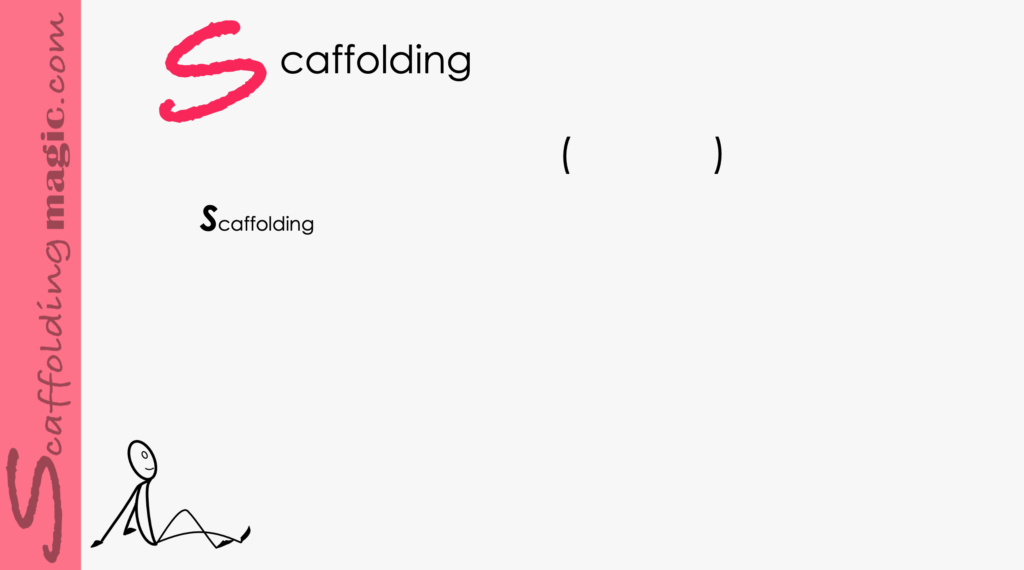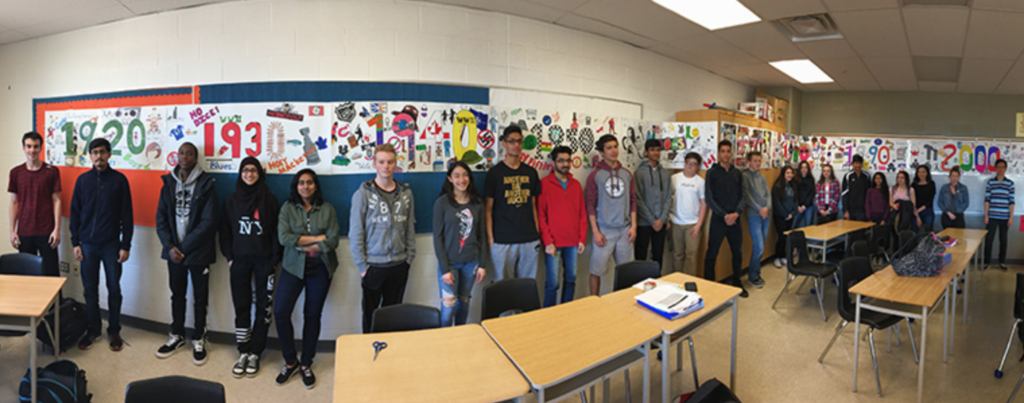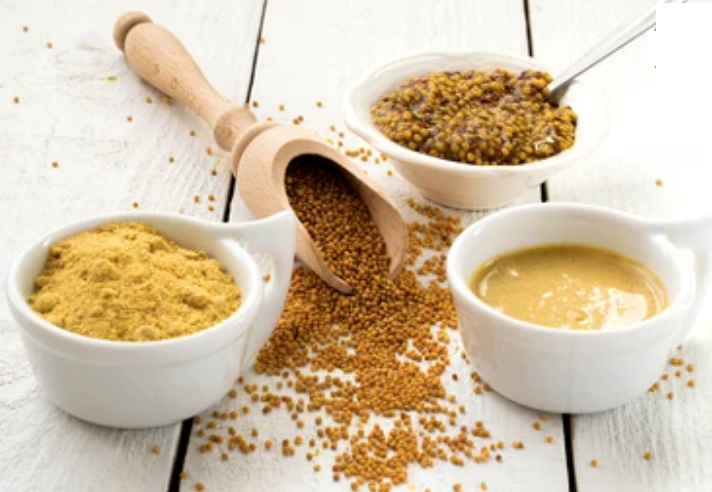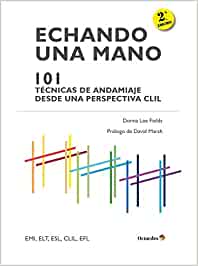You caught a beauty!!!
Download PDF of scaffold here.
Download PDF of scaffold here.
theory behind scaffold…
The incredible healing powers of mustard:
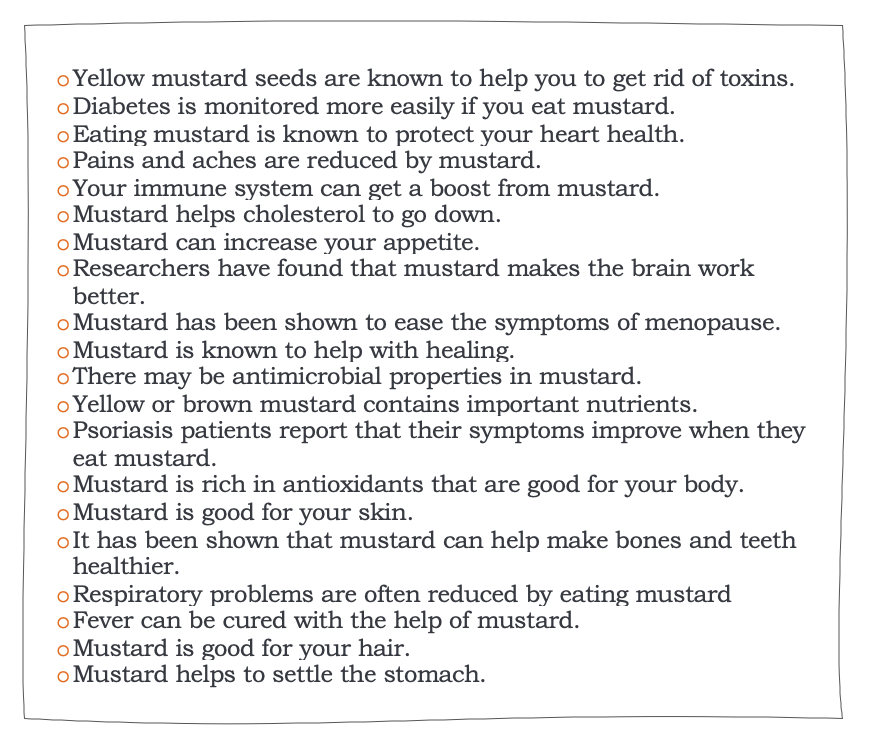
We can celebrate these incredible properties that are demonstrated by the ostensibly simple mustard seed through….drum roll…timelines. When we include historical events, the tiny mustard seed becomes even larger and spritelier.
One more element…Let’s include the personal lives of our students. Let’s meld together MUSTARD, HISTORY and our STUDENTS’ LIVES!!!
Mustard Day is on the 4th of August, but even so, this scaffold can be introduced any time during the school year. You’ll see that you can use the technique with virtually any historical or linear focus. Moreover, this is a powerful conversation motivator. Students will talk about the connection between historical events and the trajectory of their own lives. We give them discourse markers so they can participate more actively in the important skill of verbal negotiation.
* For a refreshing and inclusive way of looking at how history has and can be taught, see Sam Wineburg’s book Historical Thinking and Other Unnatural Acts.
step by step:
- On the floor or wall of the classroom, put a line of masking tape the length of the classroom. (The goal is to make it long enough for all of your students to be able to stand on it in a line, comfortably.)
- Lay out key dates in the history of the mustard seed, with images to support comprehension.
- http://www.gsdunn.com/english/?page_id=2943
- https://www.sciencedirect.com/topics/agricultural-and-biological-sciences/mustard-seed
- https://www.britannica.com/plant/mustard
- Students work in groups to write down these key dates and research other historical events that happened at the same time. They print out these dates on different coloured paper and lay them out below the original dates.
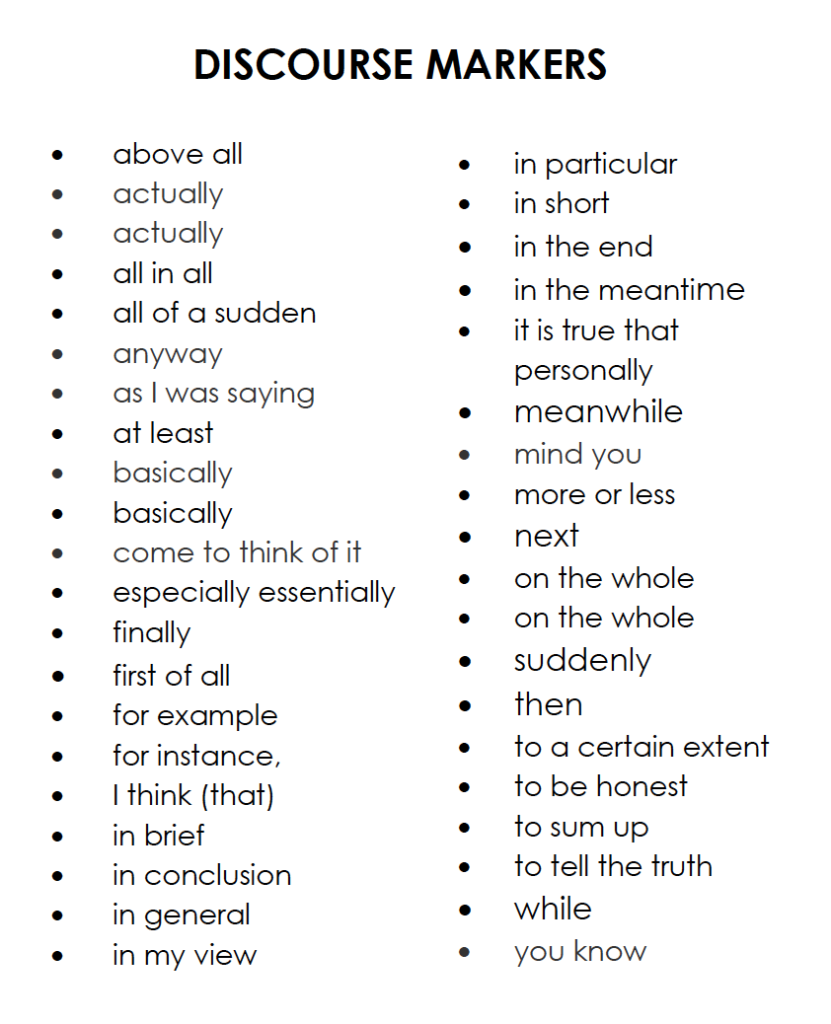
- On a third set of different coloured paper, students make comments about how they might have interacted with history at each point on the growing timeline. (In this way, the mustard seed becomes the initial conduit to study historical events on the subject you’ve chosen. You help personalise these events asking your students to imagine themselves living in that time.) They can use discourse markers to facilitate conversations.
- Students illustrate one element of the historical event and their supposed interaction with it.
- In groups, students write lower and higher order thinking questions about the information on the timeline.
- Formative assessment: Groups exchange their questions, answer them, and negotiate conclusions with the originating group.
*Students will need their journals for the last part of this activity so they either carry them, or put them close to where the timeline/masking tape is in the classroom.
Links for history of mustard seed:
The Nibble
Parable (Biblical allusion) of Mustard Seed
History of the Origins of the Mustard Seed


Scaffoldingmagic.com is your entryway into DYNAMIC bilingual learning methodologies, such as Phenomenon-Based Learning, CLIL, EMI, and ESL. You’ll find ways to implement critical thinking tools (DOK) to promote higher level thinking, the growth mindset, instill an ethic of excellence, deep reflection on learning, and all through multi-cultural, interdisciplinary activities. We have the keys to turning competences into action and to creating collective efficacy in your school so you move ahead as a unified, enthusiastic team.

